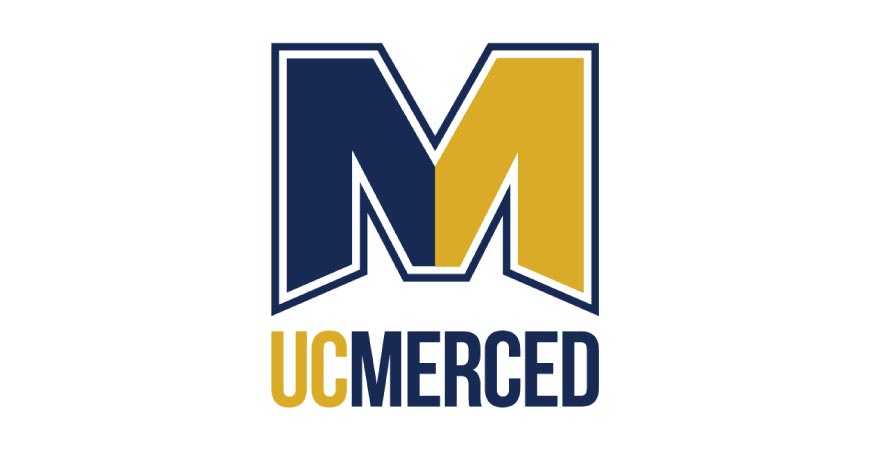
MERCED - There’s a bridge to be crossed before stem cell
therapies are ready for widespread use, according to Professor
Jennifer O. Manilay at the University of California, Merced.
Tissues derived from embryonic stem cells are unlikely to be an
immunological match for their intended recipients, and without
immune system acceptance, they will not help patients. Manilay’s
research into transplantation and immune response aims to cross
that bridge, and it is now supported by the California Institute
for Regenerative Medicine (CIRM).
Manilay has received a $1.58 million grant from CIRM under the
New Faculty Awards program, aimed at boosting the careers of
promising stem cell scientists in California, to fund her research
for the next 5 years.
“A New Faculty Award from CIRM is an honor for Jennifer and for
UC Merced,” said Dean of Natural Sciences Maria Pallavicini, who is
a pioneering stem cell researcher. “It’s an important career
breakthrough for a young scientist to receive such a large award,
and her innovative ideas in transplantation immunology certainly
warrant the support she has now received.”
Manilay plans to investigate a process by which she thinks the
immune system might be prepared to receive tissues derived from
embryonic stem cells that do not match the immune system of the
intended recipient. Her proposal to CIRM for the project was based
on a combination of her previous studies as a Ph.D. student at
Harvard, a postdoctoral researcher at UC Berkeley and a new faculty
member at UC Merced.
She posits that hematopoetic, or bone marrow, stem cells derived
from the same embryonic stem cells as the tissue intended for
transplant may be able to pave the way for that tissue. These
hematopoetic stem cells would be transplanted into the body before
the stem-cell-derived tissue to develop alongside immune cells in
the thymus. There, the native immune cells and the transplanted
cells would teach each other to recognize the immune profiles of
their respective systems of origin.
The experiments will proceed in several steps. Manilay plans
first to find the best protocol for inducing embryonic stem cells
to develop into hematopoetic stem cells. Then she will have to find
the most robust among the different subpopulations of hematopoetic
stem cells, using what she’s learned in the last year in research
funded by the UC Cancer Research Coordinating Committee. She said
the hematopoetic stem cells best suited for the therapy she hopes
to develop will likely be those with the chemical receptors that
allow them to “home” to the thymus to develop.
If those initial steps are successful, Manilay can move on to
testing how the hematopoetic stem cells work in living systems,
specifically those affected by type 1 diabetes.
“Type I diabetes is a disease model with plenty of previous
research and data, so it’s a good place to start,” she said.
But her research isn’t limited to diabetes.
“If we are successful, this kind of procedure could be useful in
many disease models,” she explained.
In the past, Manilay said, stem-cell-derived tissues have mostly
been tested in immune-compromised systems, where they could not be
rejected. That wouldn’t be the case in a real-life transplant of
stem-cell-derived tissue.
“There’s evidence that stem cells can survive in vivo but now
it’s time to try a more realistic model,” she said.
Manilay also expressed gratitude for the program that has funded
her research.
“A lot of funding agencies won’t take a risk on a young faculty
member in a new place,” she said. “CIRM acknowledged the risk in my
proposal but took a chance on me, and on UC Merced. Now, instead of
spending time applying for a lot of small grants, I can really
focus on developing and testing scientific ideas.”
She plans to expand her research lab staffing with the funding,
using the money to train graduate students and postdoctoral
researchers as well as undergraduate student research assistants.
The grant will also pay for supplies and travel to meetings.
She’s particularly enthusiastic about the opportunity to attend
CIRM’s investigator meetings. There, she’ll be able to network with
other California stem cell researchers and form new collaborative
relationships. Those relationships will supplement the ones she has
already established with researchers at Harvard, Stanford and UC
Merced who will advise and collaborate on the research funded by
her new CIRM grant.
Manilay joined the UC Merced faculty in 2005. She earned a Ph.D.
in immunology from Harvard and a B.A. in molecular and cell biology
from UC Berkeley.
###






